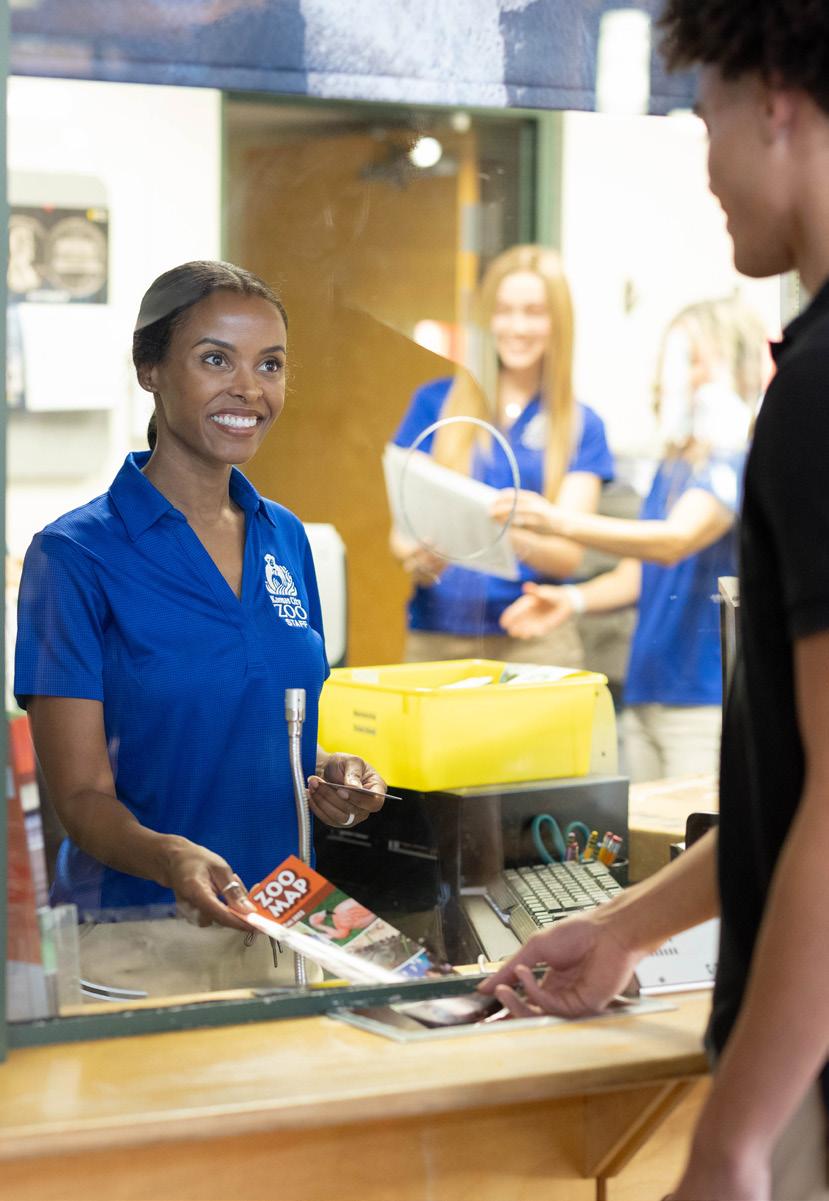






I am writing this as the Chiefs are preparing for the Super Bowl so it is certainly a fun time to be a Kansas Citian! And despite it being the middle of winter, we continue to be very busy at the Zoo. I am sure that you are aware by now of our biggest story to start 2023, but if not, our cover photo has revealed her. I know that everyone will enjoy reading about Zumi.
In addition to our new rhino calf, we also welcomed two new gentoo penguin chicks to the Zoo just after Thanksgiving. Both are doing well and are growing quickly. In fact, “Obi” and “Turducken” have gone from an average of 75 grams (2.5 ounces) at hatch to 1800 grams (4 pounds) in a month! That’s 24 times their birth weight! Imagine your 8-pound newborn growing at this same rate... you would have a 192-pound, one-month-old baby!
If you have been to the Zoo lately, you know that we have quite a few improvement projects underway to improve your experience going forward. Some of these, like a pathway replacement in the outback area of Australia, should only take a couple of weeks to complete. Others, like the Sea Lion Splash renovations, will take a bit longer but will be amazing additions to enhance your time here, while also providing great places for the animals to live. And, to allow for a much better experience when entering the Zoo, the city is only a couple weeks away from completing their repaving work in the Cheetah parking lot. Of course, the aquarium continues to come along as well – the first animals begin arriving soon!
Other articles in this edition include an introduction to our maintenance team and a crane conservation story. I hope that you enjoy reading both as they reveal hidden gems that often go unnoticed when you are at the Zoo. Many of our staff, like the maintenance group, are integral in ensuring that our facility operates well every day and are there to help create, redesign, and fix whenever called upon. Similarly, we are all very proud of the conservation efforts that we support around the world and Ben’s article about the crane project is both heartwarming and informative.
Lastly, in a continued effort to “walk the talk” and be leaders in conservation and sustainability, you’ll learn in this issue about a change in our vending at the Zoo. We are excited to continue to lead by example.
While it remains a bit on the cold side, spring is just around the corner, and I hope to see you all at the Zoo soon!
Sincerely,
Wesley Fields, Chairperson
Bryan Cave Leighton Paisner LLP
Tony Reinhart, Secretary
Ford Motor Company
David Sanchez Jr., Treasurer PricewaterhouseCoopers, LLP
David Barr, Burns & McDonnell Engineering Co., Inc.
Brad Bodamer, Shook, Hardy & Bacon LLP
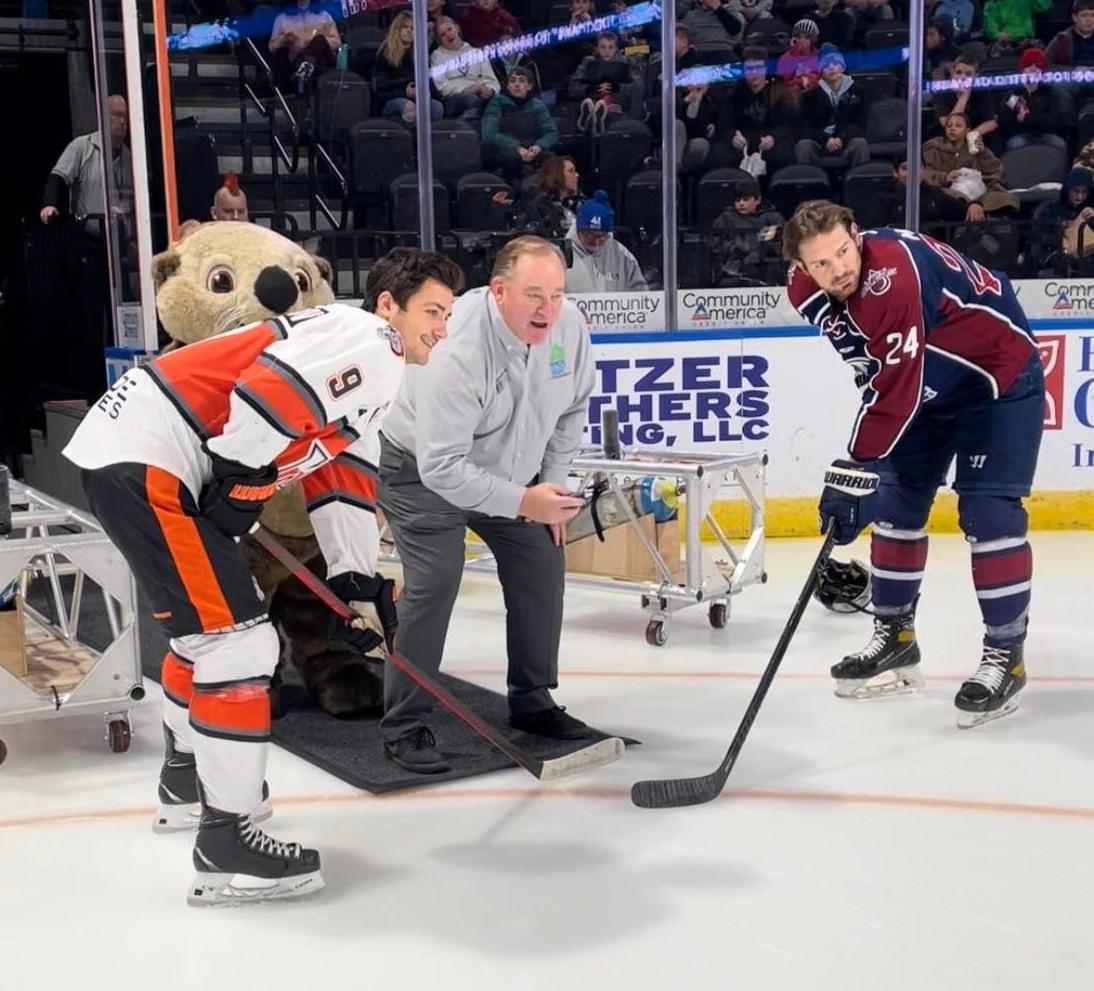
Dr. Yolanda Cargile, Center School District
Chris Cotten, KC Parks and Recreation
Jeff Dillon, VanTrust Real Estate LLC
Ana Nubia Duin, La Mega Spanish Radio
Jan Francis, Community Volunteer
Sandra Garcia, Metropolitan Community Colleges
Hayley Hanson, Husch Blackwell LLP
Audrey Hill, Saint Luke’s Health System
Julius Lai, Community Volunteer
Kate Lambert, Dixon Family Foundation
Jill Marchant, Hallmark
Katie McDonald, Evergy
Yvette Miceli, Construction Brokers, Inc.

Janet Miles-Bartee, Local Investment Commission (LINC)
Joe Prenger, ECCO Select
Terry Riley, Transformation Consultants, LLC

John Russ, UMB Bank
Representing the City of Kansas City
Heather Hall, City Council, 1st District
Kevin McManus, Mayor Pro Tem
Ryana Parks-Shaw, City Council, 5th District
Brian Platt, City Manager
Zoological District Commissioners
Greg Canuteson, Chair, Clay County
Carol Hallquist, Vice Chair & Treasurer, Jackson County
Jerry Nolte, Clay County
Alex Perez, KC Parks and Recreation Representative
Kansas City Zoo
Sean Putney, Executive Director/ CEO
Kansas City Zoo Foundation
Randy Wisthoff, Executive Director
816.595.1234
Sean Putney Executive Director/CEOThe Kansas City Zoo, a private, non-profit organization is operated in agreement with the Kansas City, MO Board of Parks and Recreation Commissioners, partially funded by the Zoological District in Jackson and Clay Counties in MO, and is accredited by the Assocation of Zoos and Aquariums.

The excitement is growing as we dive deeper into the aquarium’s newest additions! Slated to open in the fall of this year, the 650,000-gallon aquarium will include such amazing sea life as sea otters, the giant Pacific octopus, sea turtles, and sharks. JE Dunn Construction Company and our other contractors are making incredible strides, and we are currently preparing the way to welcome our first aquatic animal residents in the coming months!
Stuart Clausen, aquatics curator, said significant progress has been made since our last Expeditions. The final plumbing connections are now starting to be made between exhibits, preparing them for final fill tests and saltwater. The largest exhibit, which will be home to various species of sharks, started its functional testing, where pumps are energized enabling water to move through the pipes and filters.
Now saltwater will be added to the mix! This stage is essential as we prepare for the first international shipment of animals. The initial shipment is expected to arrive in February, and the first large shipment of fish from Australia is expected in March. The Zoo staff is finalizing plans for our shark transports and anticipate these fascinating oceanic predators to arrive in April!
We will continue to provide more updates on our social media channels as we approach each milestone. Learn more about the aquarium and how you can help us make waves by visiting www.kansascityzoo.org/aquarium
Creating a world-class aquarium is one of the most exciting projects the Kansas City Zoo has ever embarked upon. Purchasing an aquarium plaque is one way you can be a part of “making waves.”

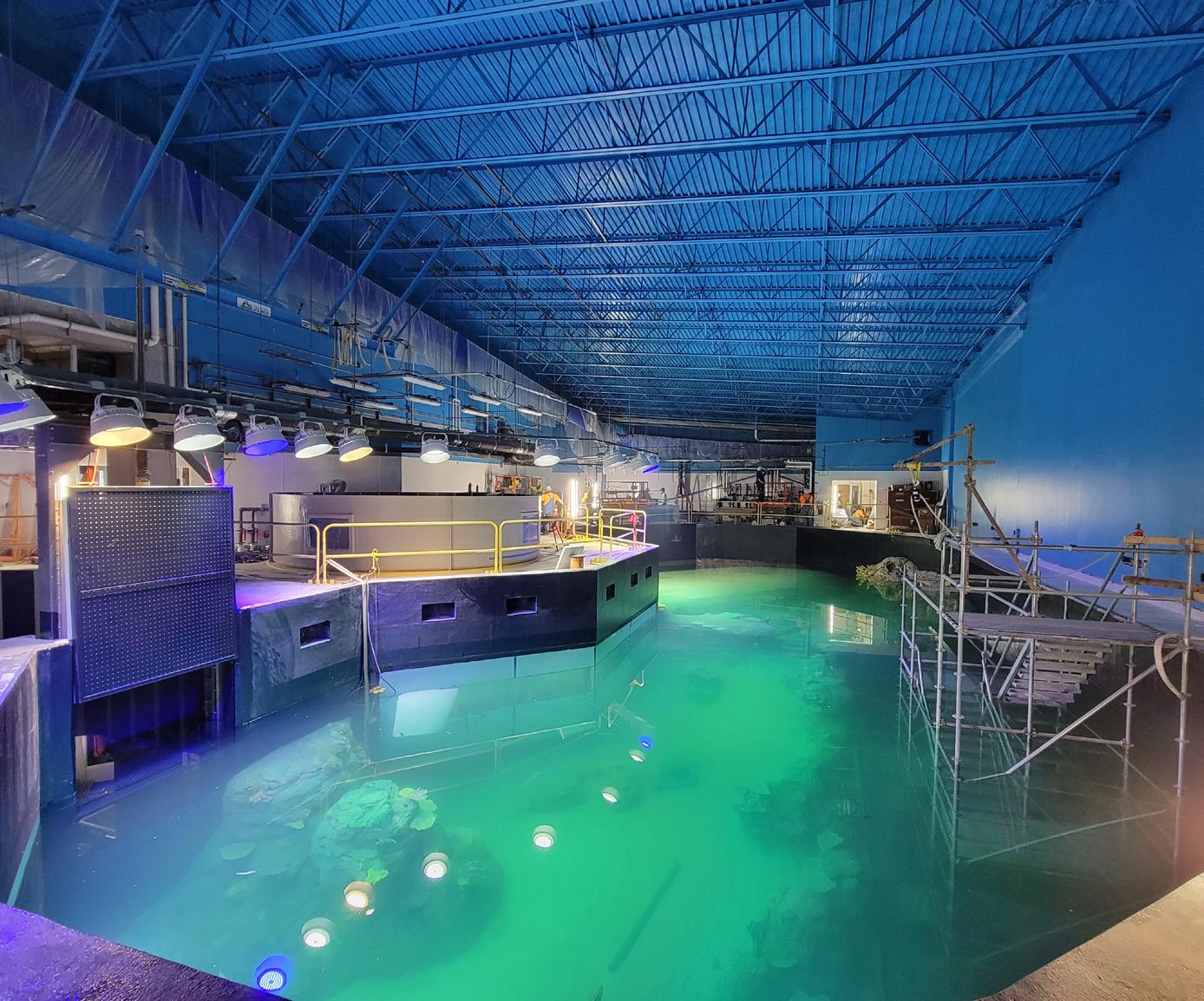

These plaques, which will be in place when the aquarium opens, are a great way to honor the memory of a loved one, commemorate a special occasion, or proclaim your family’s love of the Zoo. They range in size from 3” to 7” and will be on an exterior plaque wall near the aquarium. Your purchase will support the aquarium and its 8,000 animal residents! Scan the QR code or visit www.kansascityzoo.org/form/aquarium-plaque.


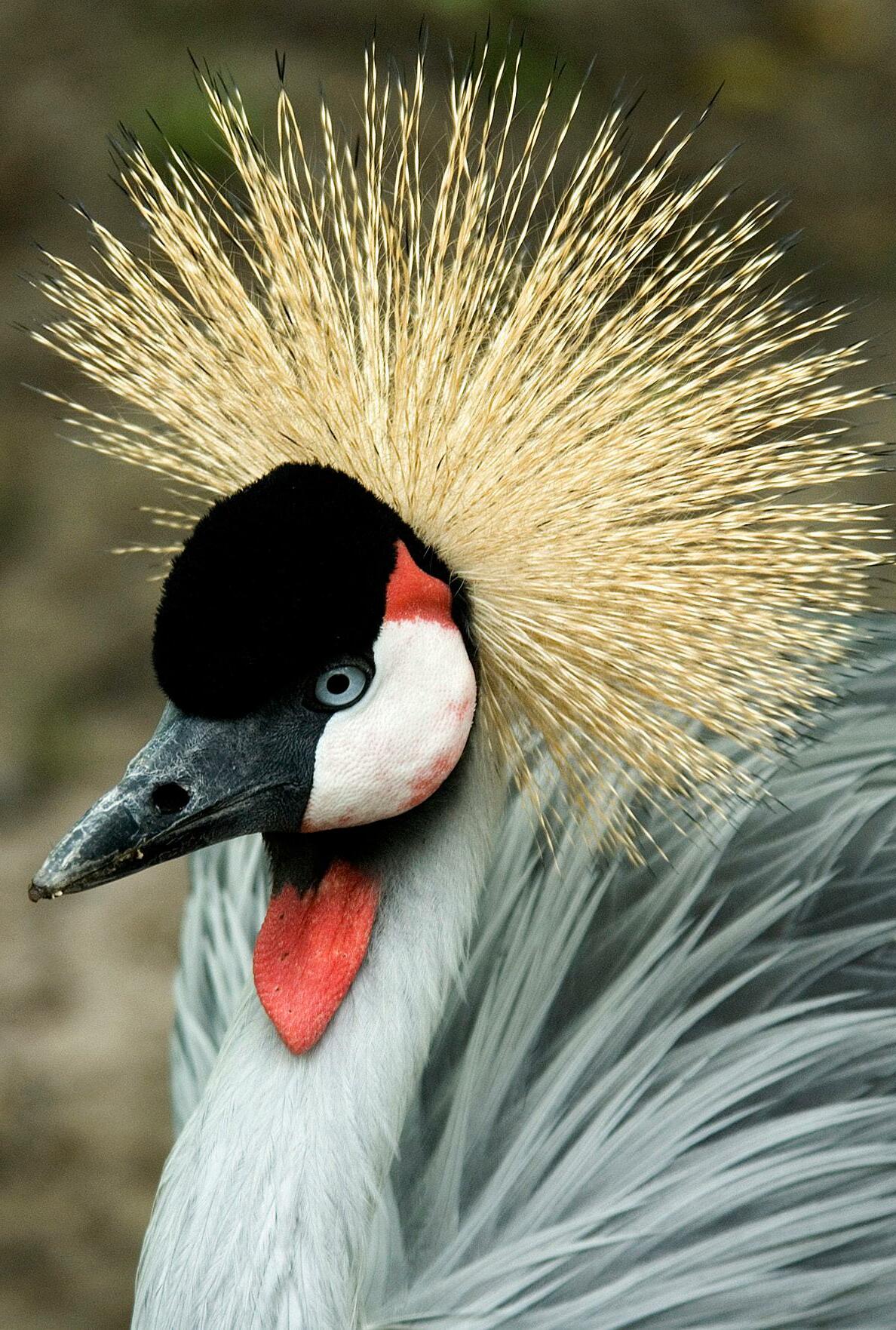 By Ben Klopf, Senior Animal Specialist, Savannah Team
By Ben Klopf, Senior Animal Specialist, Savannah Team
Conservation is a primary reason that many of us work at facilities like the Kansas City Zoo. Day in and day out, the Zoo staff work tirelessly not only to provide a world-class experience for our guests, but also to ensure the future of our planet’s inhabitants. The Zoo's Conservation Fund grant program is one of the many ways that the Kansas City Zoo fulfills its mission.
Cranes are a long-lived, majestic group of birds that ensnare the hearts of all who experience their wonder. There is folklore around the world surrounding cranes. In eastern cultures, the crane stands for good fortune. Some Native American tribes see cranes as a symbol of true love. Crane images are used on coins, stamps, and flags throughout Africa. Rwandans see the crane as a symbol of wealth and longevity. Cranes are found on five continents and are woven into the cultures of the land where they live.
Grey crowned cranes are found in savanna and wetland habitats in southern and eastern Africa. Unfortunately, due in large part to habitat destruction, nesting disturbances, and the illegal wildlife trade, the grey crowned crane has a population that is decreasing at an alarming rate. It’s estimated that the population has declined by 80% over the last 25 years and is down to less than 22,000 birds.
In 2022, the Kansas City Zoo partnered with the International Crane Foundation (ICF) to help save these cranes from extinction. This conservation project focuses on the Rugezi Marsh in Rwanda, a key region of perfect nesting habitat that the ICF has been working in for years. ICF spearheaded efforts to regenerate and stabilize the Rugezi Marsh. While the marsh is now in good health and continues to improve, the cranes are still facing an uphill battle. Some people who live around the marsh rely on it for resources such as grass to make mattresses and wood for cooking. As is happening so much in our world today, this has created a conflict between humans and wildlife because the cranes rely on these resources, too. The tall grasses create cover and nesting materials essential for successful reproduction. The trees surrounding the marsh provide an additional barrier to deter predators, both animal and human, from disturbing nesting cranes or destroying or stealing nests, eggs, and chicks.
This is where our conservation efforts come in. The Kansas City Zoo helped to purchase 300 mattresses for the families in the region that need them. Two regional women’s groups helped to decide who would receive the mattresses. At the end of

November 2022, 100 families received three mattresses each. The people of the region celebrated the gifts with music and dance. The video clip of the distribution is truly inspirational. We anticipate these donations will result in a direct and positive outcome on the crane population in the Rugezi Marsh and East Africa.

The Kansas City Zoo Conservation Fund grant program would not be possible without our Friends of the Zoo members. You make a difference as a portion of membership and ticket sales supports the program, as well as the Step Up program in our retail and concession locations. Stories like these, where we’re able to help people and animals, are why I started in this field many years ago. Together we are making a real, positive impact in the lives of East African grey crowned cranes and will continue to do so into the future.
Thursday, February 16 | 7:00-8:30pm
Though born in Australia, Ian Stevenson arrived in the Lower Zambezi in 1997 where he began his involvement in wildlife protection. Now, Ian leads Conservation Lower Zambezi (CLZ), a nonprofit organization committed to the protection of wildlife and to the sustainable use of natural resources in Zambia. Hear Ian’s firsthand accounts of his work to combat the poaching that was decimating the wildlife of this region and efforts to engage the local community, plus how the Kansas City Zoo has been part of the organization’s recent success. Kids' programming also available! Tickets available at kansascityzoo.org.

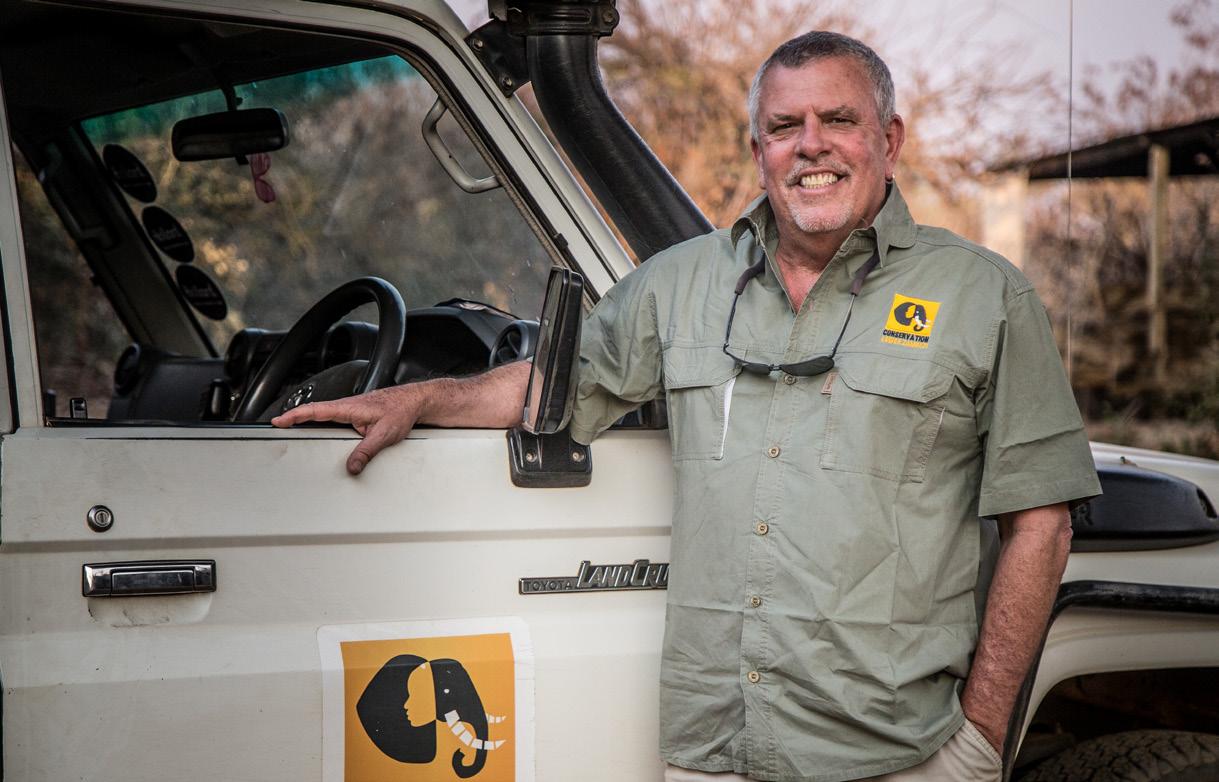 Geoff York
Geoff York
Polar Bears International
Friday, April 21 | 7:00-8:30pm
Polar Bears International (PBI) is the only conservation organization solely dedicated to wild polar bears. Through research, education, and advocacy, they work to inspire people to care about the Arctic and its connection to our global climate. Join us as we welcome Geoff York, senior director of conservation at PBI, to discuss the latest polar bear research, and his firsthand experience with these amazing creatures in their shrinking native habitat. Specifically, learn about important research that the Kansas City Zoo is supporting, the Burr on Fur project. Kids' programming also available! Stay tuned for registration info on social media and kansascityzoo.org.

Meet the newest resident of Tiger Trail! Bintang (pronounced bin-tang), a 4-year-old Sumatran tiger, transferred from the Topeka Zoo in late 2022 and is now making a home at the Kansas City Zoo. His care team at the Topeka Zoo lovingly dubbed Bintang as “Bini,” describing the tiger as "playful, silly, and energetic.” Born October 15, 2018, to mother Jingga and father Sanjiv, 300-pound Bintang can often be seen rolling around or greeting his care specialists with chuffs!
Thomas, a Sumatran tiger who has called the Kansas City Zoo home since 2016, was transferred recently to the Topeka Zoo on a breeding recommendation by the Association of Zoos and Aquariums’ Species Survival Plan (SSP). The SSP makes decisions on placement and mating of animals like the Sumatran tiger, which is critically endangered, to ensure the species’ genetic diversity and hope for its future.
Learn more about Bintang and the Sumatran tiger species daily at our 3pm informational chats at the tiger habitat!
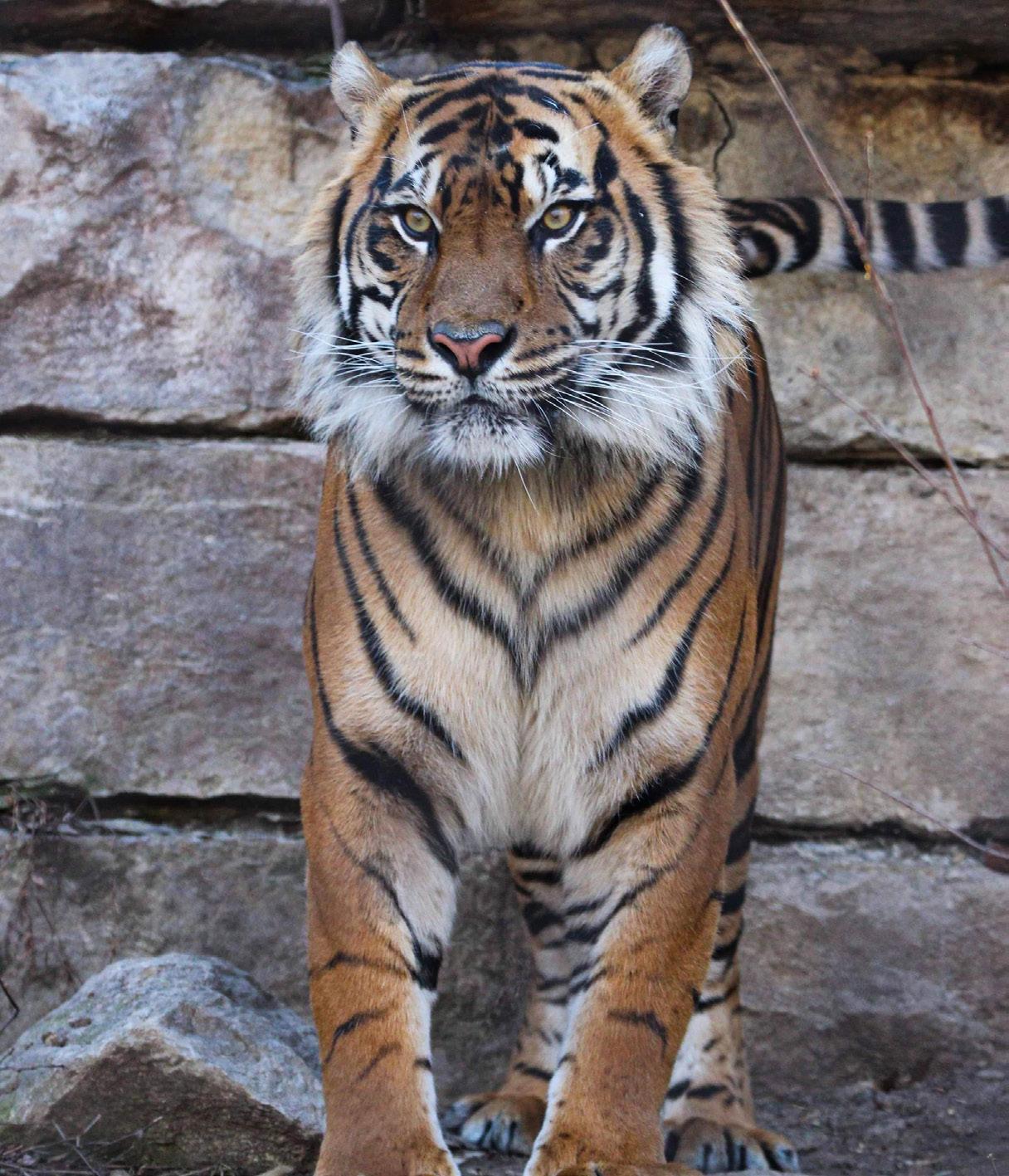

Our cities are filled with wildlife that we need to better understand now more than ever. The Kansas City Zoo, the City of Kansas City, and the Heartland Conservation Alliance are inviting citizen scientists of all ages from across the KC metro area to participate in the 2023 City Nature Challenge.
We can’t fully protect nature without studying what is living in cities. Each year, thousands of people join in this global challenge to see just how many observations of wildlife we can gather together. Every photo you take contributes to vital wildlife research. This international database helps scientists and naturalists better understand the type of wildlife living in our cities and work to make them better places for humans and wildlife to live.
Participation is easy:
1) Download the iNaturalist App on your device.
2) Search for and join the 2023 Greater Kansas City Metro Area City Nature Challenge project.
3) From April 28 until May 1, take pictures of wild plants and animals using the iNaturalist app.
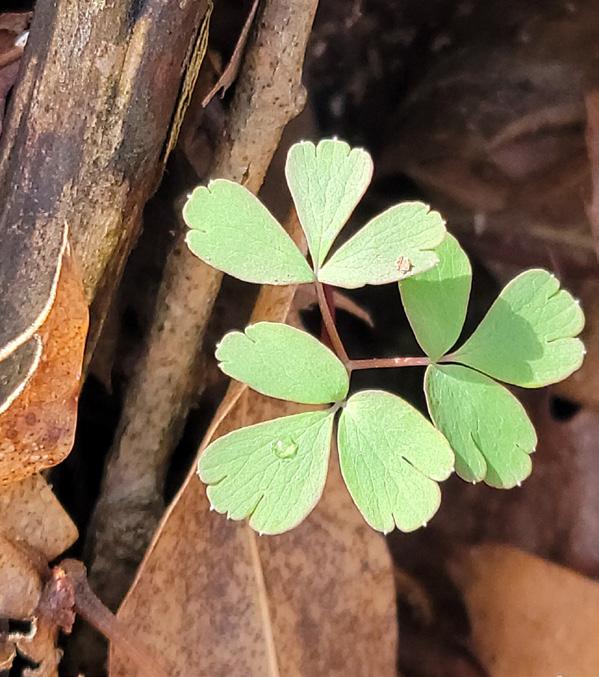
4) Share your photo with the iNaturalist community.
Any wildlife pictures you share through the iNaturalist app during this time will automatically count towards the challenge. And don’t worry if you aren’t sure what you just
took a picture of, because the app will help you identify it. Scientists all over the world will work to verify the species you upload as well.
We are looking for photos of plants, birds, insects, and other animals that are in their natural habitat. Go out and hike your local trails, visit a nearby park or nature center, or check out a lake or river you’ve been wanting to explore. Any wildlife found in the Greater KC Metro area is eligible.
Join us in discovering the nature in your neighborhood and help change the world one observation at a time. You can find out more about the challenge, including helpful videos and observation tips, at www.citynaturechallenge.org
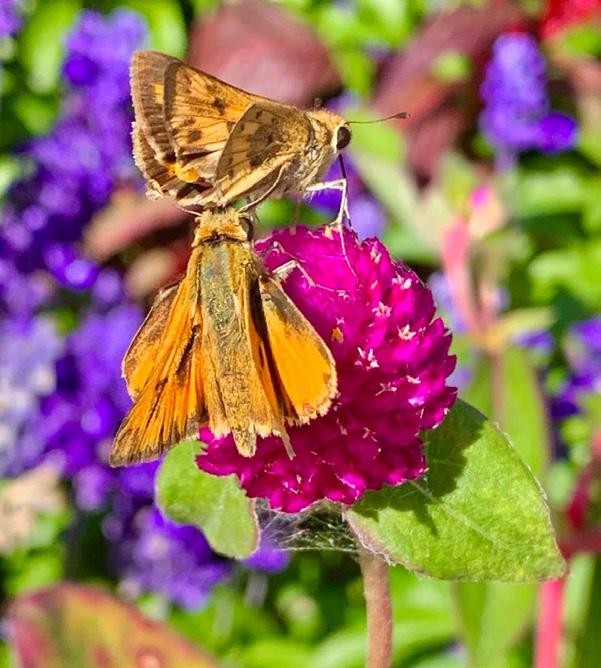
Let’s shine the spotlight on Zoo employees that often remain behind the scenes, but whose contributions are essential to creating a world-class facility. Our maintenance team remains busy in every season, but the winter provides many new challenges that are directly related to the colder weather. One of the most essential tasks for the maintenance team is the Zoo’s winterization, which includes shutting off water and draining supply lines to the outdoor drinking fountains and water features. Kansas City’s winters typically produce snow and ice, and removal of these hazards is another important task to keep guests, animals, and staff safe.
Every maintenance team probably has a diverse to-do list, but there are probably none whose range of tasks
is broader than those who work for a zoo. Just take this recent week’s list as an example…

• Met with contractors to review HVAC units in the new aquarium.
• Made repairs in the elephant and chimpanzee behind-the-scenes areas.
• Mounted new signage in the parking lot.
• Worked with Veterinary Health to develop a method to obtain ECGs of the gorillas.
While they are not always visible to guests, the maintenance team is a vital part of our Zoo family. We applaud and thank these employees for their year-round contributions to the Kansas City Zoo!

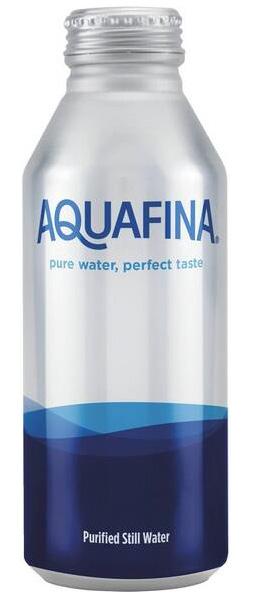
The Kansas City Zoo remains committed to offering sustainable solutions, and we are excited to announce the latest step in conserving and protecting our environment. As of February 1, we transitioned to selling PepsiCo products which allows us to offer bottled water in an aluminum screw-top container. Especially as we near the opening of the aquarium and focus more and more on ocean conservation, we are proud to expand our efforts to reduce consumption of single-use plastics. Guests will still be getting a fantastic selection of beverage options, but our products will now also feature more environmentally friendly packaging.
And for those that choose to bring your own refreshments to the Zoo, we continue to offer water bottle refilling stations throughout the grounds – 32 in all! While the outdoor stations are turned off during the winter months, indoor stations continue to operate year-round. Last year, those bottle refill stations helped divert more than 100,000 plastic bottles from the landfill. It is estimated that roughly half of our annual plastic production is destined for a single-use product, so we want to do our part. Join us as we take the next step in sustainability and conservation!
A group of rhinos is called a crash.


On New Year’s Eve 2022, the Zoo had a thrilling arrival that made the holiday season an extra special one! Eastern black rhinoceros Zuri, 15, gave birth to a female calf! Thanks to the animal care specialists’ creativity in coming up with finalists and a public vote, the name Zumi (meaning “happy dance” and also fitting because mom gets the “zoomies) was selected for the young rhino. Since her arrival, Zumi has been flourishing and already showing a bit of her spunky personality. Bonding between mother and calf is extremely important so the pair was given plenty of private time in the rhino barn with limited human interaction.


Zumi’s birth is significant on a global scale, as the eastern black rhinoceros is listed as critically endangered by the International Union for Conservation of Nature (IUCN). With only about 1,300 left in the wild, it is the rarest of the three remaining black rhino subspecies and can be found in Kenya, Tanzania, and South Africa. There are just 53 eastern black rhinos in facilities accredited by the Association of Zoos & Aquariums (AZA), so this addition is not only exciting for the Kansas City Zoo but is very important for the species as a whole. The last five rhino calves born in AZA facilities have been male, a fact which makes this little girl even more special.
Many guests have been following this story since we first announced that Zuri and 11-year-old father Ruka were expecting a calf back in July 2022. Both rhinos came to Kansas City from the Oregon Zoo in 2018 with a breeding recommendation by AZA’s Species Survival Plan (SSP). Throughout her pregnancy, Zuri received weekly ultrasounds and blood hormone monitoring. The animal care specialists trained with her in preparation for the regular checkups, so she was able to participate in her own care by patiently standing.
Mother and baby have been very healthy and active since the December birth! The next few years will be full of milestones for Zumi. A calf will typically nurse from its mother for about one year. Her horn has already started growing, but it will take several years for it to appear similar to an adult’s horn. The horn is certainly the most notable trait of the rhinoceros, and is made up of a protein called keratin.
As Zumi gets older, she will begin to train with her care team to participate in medical checkups. The animal care specialists and veterinary team will then be able to obtain weights, conduct body checks, and eventually do blood draws to monitor all aspects of Zumi’s health.
Zuri and Zumi will remain behind the scenes as we wait for warmer weather to arrive. During the spring, mom and baby will be rotating regularly in our outdoor habitat with our other rhino residents. We will continue to share updates on this adorable new resident of the Kansas City Zoo on our social media pages, so stay tuned!

(zoo-mee)Zumi with mom Zuri (top) and dad Ruka (bottom)

Born 1/14/2011

Dad to Zumi. He is a sweet boy who loves attention from his care staff. He is picky on his produce and really doesn't like sweet potatoes.

Born 7/11/2007
Mom to Zumi. She is being a great mom. She is very smart and easy to train. She does things on her own time.
Born 2/8/2004
Imara was born here at the Zoo. She has vitiligo so she can't be in direct sunlight or she'll get sunburnt. She doesn't go into the public habitat but loves visitors when they come to the barn. Imara is a princess who can be stubborn but loves to train and play with enrichment items.
Born 10/21/1991
Also known as Riki, he is our oldest rhino. He loves mud puddles and is sometimes a grumpy old man. Riki will sometimes whine for attention from staff.


Celebrate the birth of Zumi by purchasing an Adopt a Wild Child package for that special someone in your life…or yourself! Your purchase will go toward the outstanding care of over 1,700 animals at the Zoo, including the rhinos! This $75 adoption package includes a rhino plush toy, two Zoo tickets, an official adoption certificate, an animal fact sheet, and a framed photo of Zumi! Get started by scanning the QR code or visiting www.kansascityzoo.org/aawc.




As we make our way into 2023, the Zoo is undertaking a variety of improvement projects that will help ensure smoother, more accessible visits for guests in the future. We appreciate your patience during these projects and are excited to show you the results in the coming weeks and months. Keep up to date on the latest updates on our website.

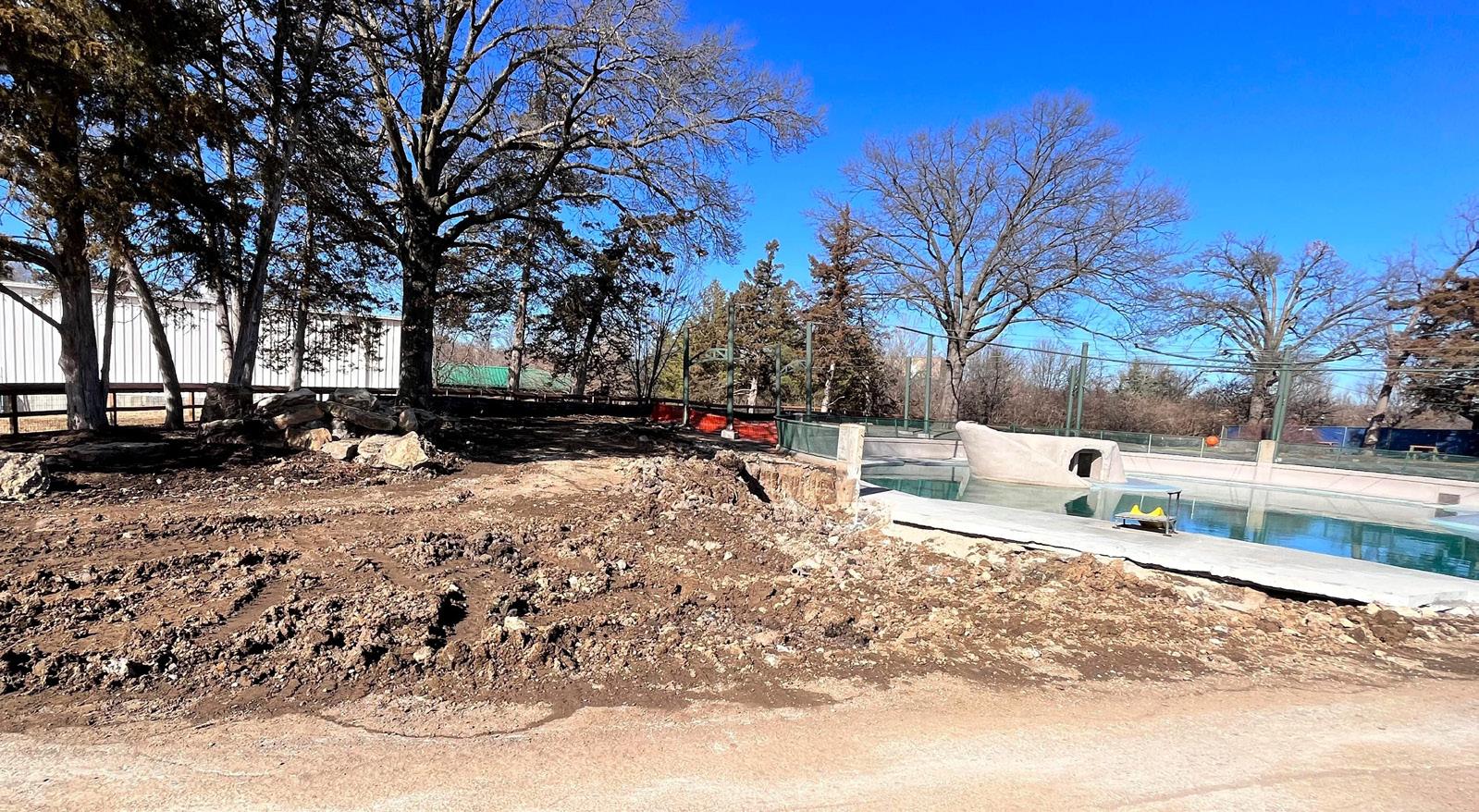
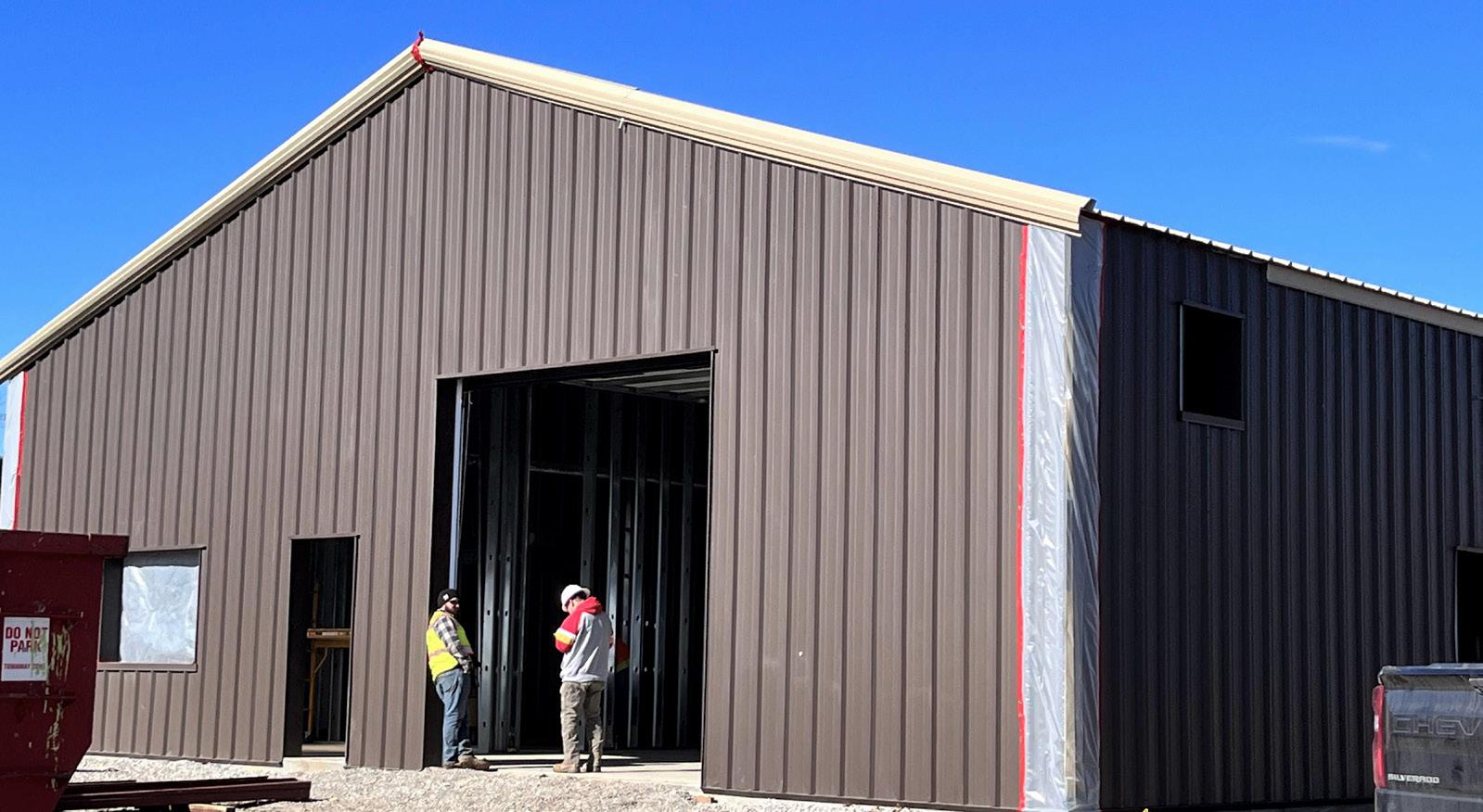
The trains and trams have to be parked somewhere, and with hundreds of vehicles and golf carts on Zoo grounds, there is always at least one needing repair. The former train barn was built in 1955 and our Fleet department was in desperate need of more space and up-to-date facilities for taking care of all the Zoo’s transportation needs. The former facility has been demolished, and an updated structure is nearing the end of construction. You have likely seen this building as you rode the African Tram or KCZoo Railroad!
Your visit to Australia has never been smoother! We are excited to announce that the pathways in the Australia section’s outback area are being repaved this winter, providing a much more enjoyable visit to the see our red kangaroos, dingoes, emus, and more! The animals in this area, from Birds of Australia through the Sheep Station, are not viewable during construction. We expect the project to be completed by early spring, just in time for enjoying warm weather Zoo days on pathways that will be much more accessible!
Construction has begun around Sea Lion Splash and is expected to run through May 2023. Upon the completion of this project, Sea Lion Splash will have increased seating capacity, improved ADA accessibility, and additional indoor space for the sea lions. The California sea lions are currently residing on Zoo grounds in an area away from the construction.
Explore nature and the wonderful world of animals at the Kansas City Zoo. During day camps, your children will have adventures in a safe and fun environment that is sure to get a ROAR of approval!
www.kansascityzoo.org/day-camps
School’s out? No problem! Spend the day at the Zoo! School’s Out Safari Day Camps are one-day camps that are a fun and educational option when school is closed. 8:30 am-3:30 pm | $65 per camp / $58.50 FOTZ
www.kansascityzoo.org/camp/schools-out-camp
Join us for the Kansas City Zoo’s hands-on homeschool class for this school year. Students PreK-12th Grade can explore the world of science through animals and nature in a fun and interactive way! Registration for 2023 When Science Attacks classes is now open.


www.kansascityzoo.org/homeschool
Spend the night at the Kansas City Zoo! It is the WILDEST place in town for an overnight adventure! Want an experience and memories that will last a lifetime? We are now booking private overnights for family groups. Stay in Helzberg Penguin Plaza or Polar Bear Passage, take a night hike through the Zoo, and enjoy a movie. Feeling more adventurous? Pitch your tent for one-of-a-kind camping! Overnights are scheduled for Friday or Saturday nights only.
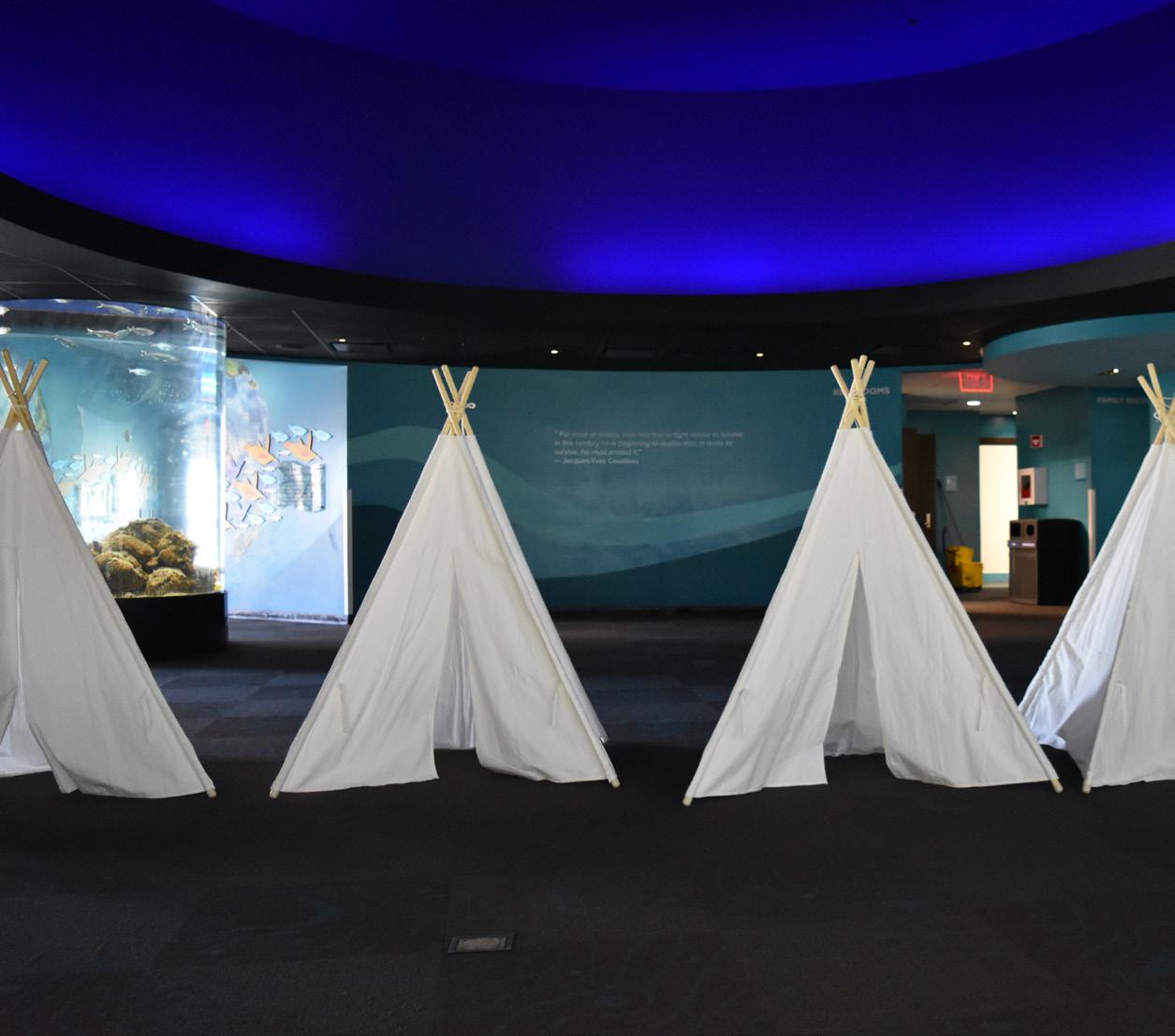
www.kansascityzoo.org/overnights
Thank you to for sponsoring our overnights!.

A birthday party at the Kansas City Zoo guarantees a wild time for all your guests! Join us for a celebration like no other! All parties are on Saturdays 10am-12pm or 2pm-4pm and Sundays 2pm-4pm.
www.kansascityzoo.org/birthdays
For more information, call 816.595.1765 or email education@fotzkc.org.
Interested in being a vendor or sponsor at one of these events? Email askthezoo@fotzkc.org
Saturday, February 25 - Sunday, February 26

In celebration of International Polar Bear Day, we are celebrating our polar bear pal, Nuniq. Watch as he enjoys special enrichment and visits with his care team at animal chats at 11am and 2 pm. Polar Bear Passage will be full of fun! Touch polar bear bio-facts, make your own polar bear bag buddy, and grab an activity page to take home and learn how you can help polar bears in the wild.
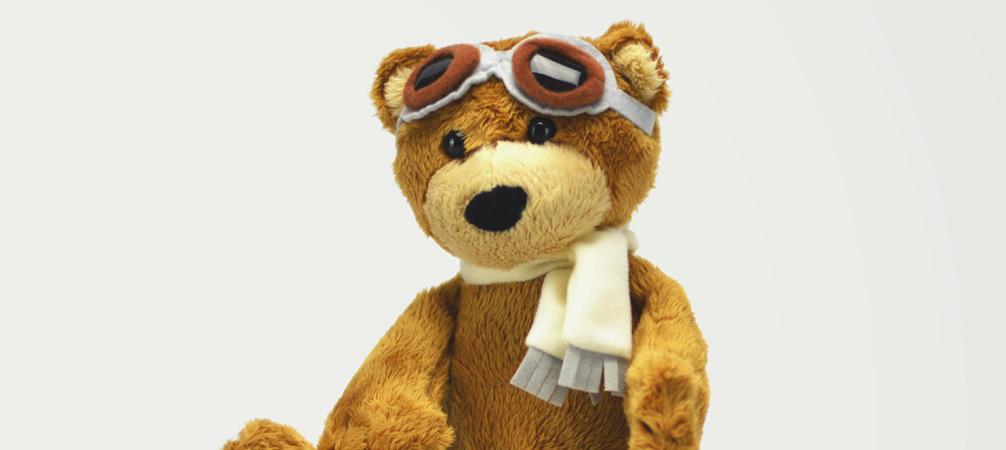
Saturday, February 25
Bring your favorite stuffed friends and let the volunteers from Kansas City Young Matrons nurse them back to health. We will fix rips, tears and holes and give them a good fluff. Once they are back to tip-top shape, they will receive a clean bill of health. Every stuffed animal deserves a little TLC at the Zoo’s Teddy Bear Clinic.
Sunday, February 26
Chicken N Pickle - Overland Park
The Kansas City Zoo is proud to partner with Polar Bears International (PBI) in its efforts to conserve polar bears and the sea ice on which they depend. Funds raised from the Pickleball for Polar Bears tournament go directly toward our efforts with PBI. While the tournament is sold out, spectators are welcome!



Saturday, April 1 - Sunday, April 2

Hop on over to the Kansas City Zoo for some egg-cellent fun! Meet the Easter Bunny, who left themed enrichment for some of the animals and also hid eggs around the Zoo! Coloring sheets and crayons will be available in the lobby, and agendas with egg bingo boards will be provided upon entry. As you find eggs, check them off your bingo card, and then visit Guest Relations once you're done to collect your prize!

Saturday, April 22 - Sunday, April 23
Join the Kansas City Zoo and Rotary Club 13 to celebrate Mother Earth with Party for the Planet. Learn about conservation, pollinators, and the migration path of monarch butterflies by visiting booths from local organizations around the Zoo. Learn how to attract pollinators to your garden by taking home a native plant seed packet to plant in your garden. Visit our website to reserve yours today. Don't forget to take home your own ZooManoo to help your native plants thrive in your garden! Get two skid steer buckets full for just $35!




The Lion's Pride Society was founded in 2011 to recognize and honor the valuable contributions of Zoo friends who express their commitment to our mission by including the Zoo in their estate plans. Over the years, the "pride" has grown strong. We invite you to join us!
Our benefits include:
Introduction at the Friends of the Zoo (FOTZ) Annual Meeting
Invitations to sneak previews and exhibit openings

Invitations to estate-planning seminars
Frequent mention in the FOTZ newsletter
Create your legacy
With a little planning, you have the opportunity to ensure that future generations are able to experience the adventure and wonder of the Kansas City Zoo. By including a charitable gift within your overall estate and financial plans, you can provide your support far into the future.
"My wife and I joined Lion’s Pride to help ensure that future generations would have these beautiful creatures to share with their families. The Zoo is my happy place and staff is like family.”
– Kentucky McDaniel, Lion’s Pride Society member
Thank you to all of our 1909 Lion’s Pride Society members for their continued support.
Jan Armstrong
Sandra & Donald Breckon
Kenneth Campbell
Dorothy & Joe Carlisle
Marlee Carroll
Teri Chandler
Debbie & James Eads
Billie Harrison
Jeanne Hays

Betty & Leonard Hershman
Louise & Gary Hicks
Sarah Hopkins
Harold Hudson
Joanna Ioannidis
Richard Jensen
Audrey Keairnes
Patricia Keairnes
Gayle & Bruce Krigel
Judith Layton
Kay Lippincott
Leslie & John Martin
Kentucky McDaniel & Carol Murphy
Patrick & Amy McHenry
Mary & Michael McNiel
Glynda Miller
Anne & Sam Mollet
Debra Myers
Elizabeth Norton
Richard Ong
Pamela Ratliff
Brad Redburn

Marjorie Roberts
Debra & Michael Ryder
Dianne Schmidt
Don Shanks
Barb Sherer
Kathy Smith
Linda & Harlan Smith
Juston Taylor
Grace Thornton
Sandie & John Valentine
Frank & Gerry Victor
Jean & Don Wagner
Richard Wells
Barb & Randy Wisthoff
Contact Richard Wells, development and donor database assistant manager, at richardwells@fotzkc.org or 816.595.1217 to explore the many ways you can extend your legacy at the Kansas City Zoo for years to come.
We are grateful for the continued generosity of our exhibit sponsors. Thank you for your steadfast support that helps make our world-class Zoo possible.
If your company would be interested in sponsoring an animal or area of the Zoo, please contact lisafickenscher@fotzkc.org.



Kansas City Zoo sponsorship is a great way to increase visibility for your business and support the incredible work that our Zoo does year-round.

The Kansas City Zoo is mourning the loss of 33-year-old polar bear Berlin, who resided here for a decade. Berlin was the oldest polar bear in human care in the United States, and perhaps in North America, which is a testament to the extraordinary care she received from her animal care and veterinary health teams. Berlin was being treated for hypertension and renal failure, but ultimately the difficult decision was made to euthanize her in January.

Berlin was born at the Cincinnati Zoo on December 11, 1989, just a little over a month after the Berlin Wall fell, so she was given her unique name honoring the event. In 2012, Berlin was residing at Lake Superior Zoo in Duluth when it flooded, and famously swam to the perimeter wall of her habitat where she waited until staff arrived and discovered her. She was temporarily housed at Como Zoo in Saint Paul and arrived in Kansas City from there in December 2012.
A beloved ambassador for her species, Berlin helped contribute to research that has benefited the wild polar bear population. Her animal care specialists commended her big personality and described her as “smart and sassy.” The team says she gave all of her caregivers “a run for their money!”
Berlin will be dearly missed by her Zoo family, including staff, volunteers, and guests. The Kansas City Zoo will make its annual contribution from the Zoo’s Conservation Fund to Polar Bears International in memory of Berlin this year to aid in conserving this amazing, vulnerable species and their habitat in the wild. Learn more about this important conservation organization’s work at polarbearsinternational.org.
Eli, a beloved peregrine falcon that helped educate children and adults across the metro, was euthanized in January following an untreatable chronic illness. Also known as Elation, this striking falcon hatched in 2006 and arrived at the Zoo in 2008 from the University of Missouri-Columbia’s College of Veterinary Medicine Raptor Rehabilitation Project. She was non-releasable due to a previous non-healed and non-repairable fracture of her right wing, which meant she could not fly. Her care specialists called Eli a "spicy gal" who would let you know when you did not get her food to her fast enough. She loved to perch on a glove in the sun, and her chin feathers would poof out like a little beard and her head feathers would look like a square. Because her species is the fastest animal in the world, Eli gave audiences in our education programs an opportunity to see all of her beautiful adaptations for speed. Eli will be missed by the staff and guests of every age.


Aramis, a blue and gold macaw featured in the Amazing Animal Ambassadors Show, was euthanized in January following a deteriorating neurologic condition, despite treatment. This beloved parrot who hatched October 16, 2013, arrived at the Zoo when she was just 4 months old with her sisters, Athos, D’Artagnan, and Porthos. Out of the four, Aramis was the boldest and the most confident. She was the first to learn to fly and initiated interactions with her caretakers. Aramis encouraged the other three to be as inquisitive and adventurous as she was. A macaw with a big heart, Aramis was an incredible ambassador for her species that allowed visitors to get up close and created a conservation bridge with her wild counterparts. She will be greatly missed by her team, her sisters, and our zoo visitors.
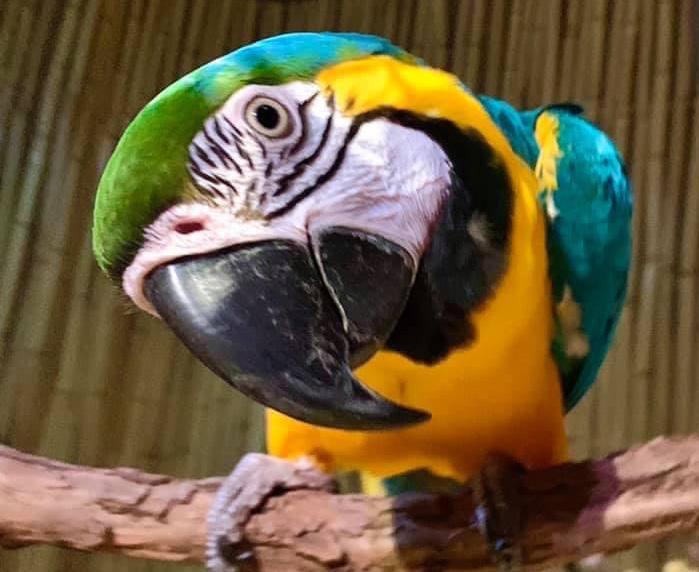
Gertrude, an American alligator, passed away in January. Born on September 11, 2012, Gertrude was known for her relaxed personality among the other female alligator residents. Gertrude’s care specialists enjoyed watching her grow in size and personality, and this scaled beauty eventually learned how to recognize her own name during training sessions! Gertrude – otherwise known as “Gertie” – loved eating mice, fish, and alligator chow biscuits. She will be missed at Alligator Alley.







